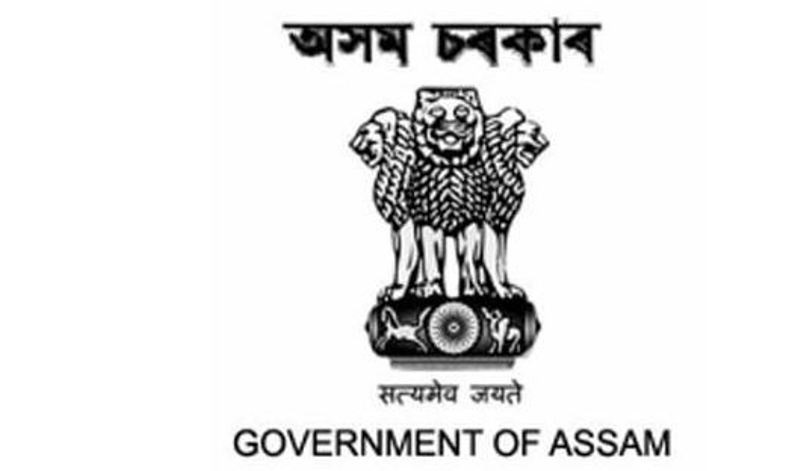Barak UpdatesCultureBreaking News
অসীমানন্দ বিশ্বাস পেলেন শিল্পী পেনশন

15 আগস্টঃ বিশিষ্ট তবলাশিল্পী অসীমানন্দ বিশ্বাস শিল্পী পেনশনের জন্য মনোনীত হয়েছেন। স্বাধীনতা দিবস উপলক্ষে রাজ্য সরকার পেনশনের জন্য বিশিষ্ট শিল্পীদের বেছে নেন। তাঁর মধ্যে কাছাড় রয়েছেন অসীমানন্দবাবুই। তাঁর মনোনয়নের সংবাদে জেলার শিল্প-সংস্কৃতি-সাহিত্য মহলে বেশ উচ্ছ্বাস পরিলক্ষিত হয়। অসীমানন্দবাবু বলেন, সকলের ভালবাসার সুবাদেই এটা সম্ভব হয়েছে।





